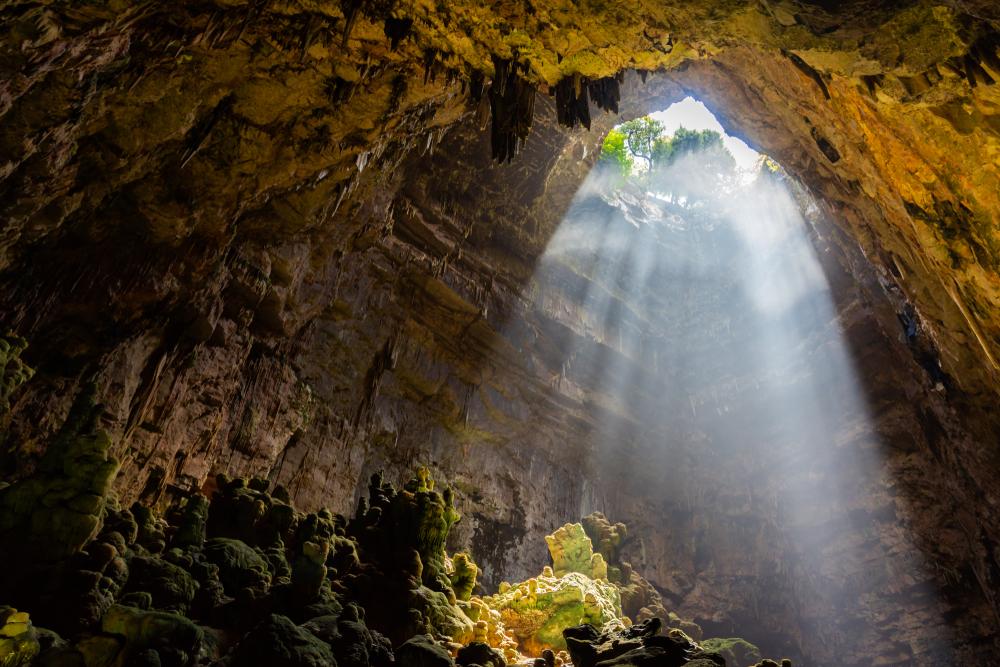Scott Drummond died on the operating table when he was 28, and experienced something that completely changed the way he viewed life before he was resuscitated 20 minutes later.
But he told almost no one until 40 years later.

Scott Drummond died on the operating table when he was 28, and experienced something that completely changed the way he viewed life before he was resuscitated 20 minutes later.
But he told almost no one until 40 years later.